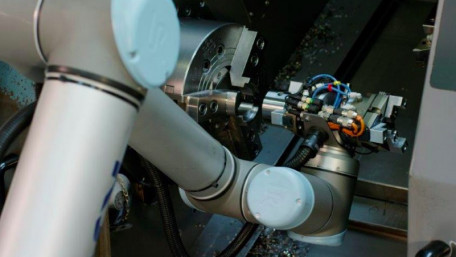
Learn all about the collaborative robots (cobots) that work alongside humans and the many advanced strategies put in place so they can function efficiently and…
Learn all about the collaborative robots (cobots) that work alongside humans and the many advanced strategies put in place so they can function efficiently and safely in industrial settings.
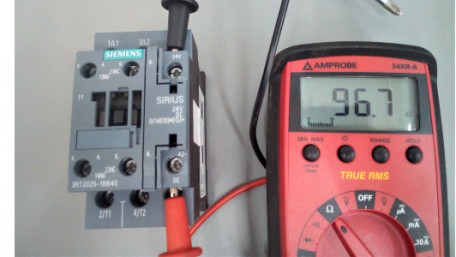
When the power is removed to a circuit, the common measurements of voltage and current prove meaningless. The only…
When the power is removed to a circuit, the common measurements of voltage and current prove meaningless. The only remaining option is to use resistance testing to determine which components and conductors are working.

Vacuum pressures are not uncommon, but they can be more complicated than standard air systems. This article explores…
Vacuum pressures are not uncommon, but they can be more complicated than standard air systems. This article explores pneumatic vacuums, exploring applications, uses, and types.
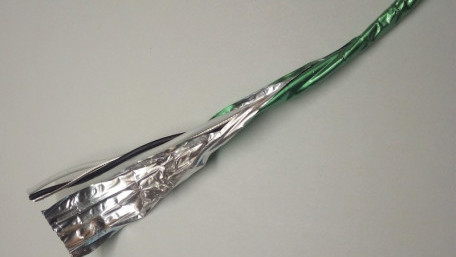
Within an industrial setting, noise from EMI can create huge problems. For large load devices using many amps of current,…
Within an industrial setting, noise from EMI can create huge problems. For large load devices using many amps of current, small electrical noise may not be too critical. But when it comes to low-voltage and low-current communication wires, just a small amount of voltage finding its way onto a wire can corrupt data transmissions. Shielded cables can help to protect against that problem.
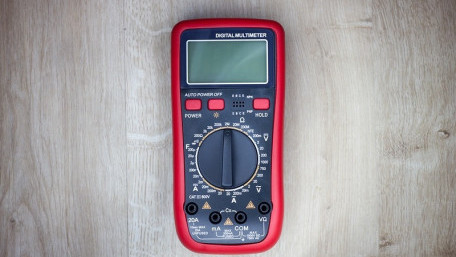
Simple voltage measurements from a multimeter are the most frequently used function in these tools. Some of them are more…
Simple voltage measurements from a multimeter are the most frequently used function in these tools. Some of them are more difficult to understand than others, and this is definitely the case when comparing AC to DC voltage.
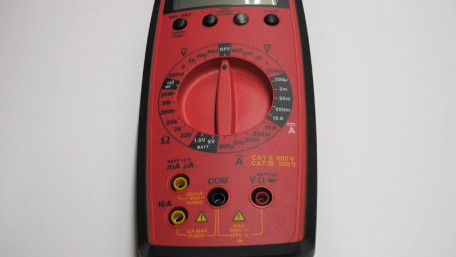
The simplest and most common measurement to obtain using a multimeter is voltage, in fact, they are often called…
The simplest and most common measurement to obtain using a multimeter is voltage, in fact, they are often called ‘voltmeters’ for this reason.
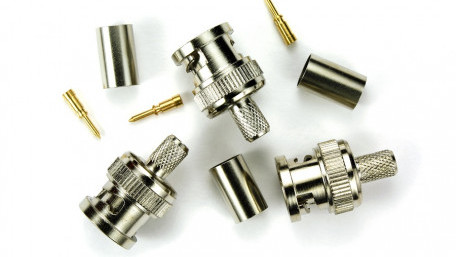
In today’s’ world, a lot of connections are going wireless. But that signal has to start somewhere, and it’s likely…
In today’s’ world, a lot of connections are going wireless. But that signal has to start somewhere, and it’s likely to start on a wire. That wire has to connect to other hardware, like antennas, transducers, and computers to name just a few.
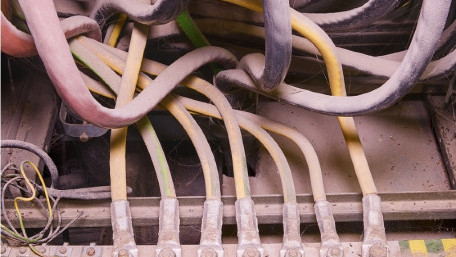
Grounding electrical systems can lead to problems with interference and noise, affecting signal clarity. This article…
Grounding electrical systems can lead to problems with interference and noise, affecting signal clarity. This article looks at these problems and how to avoid them.
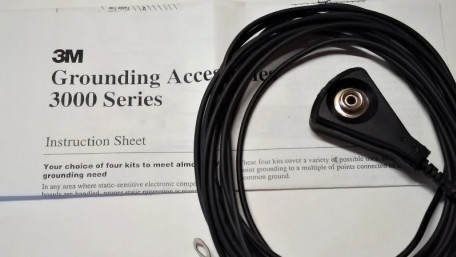
When it comes to electrical grounding, many strategies are employed to accomplish different tasks. One of the main…
When it comes to electrical grounding, many strategies are employed to accomplish different tasks. One of the main reasons for grounding equipment is for the safety of users and equipment while maintaining strict adherence to regulations.

Whether it’s a critical machine repair or the installation of a brand new piece of equipment, it’s important to have…
Whether it’s a critical machine repair or the installation of a brand new piece of equipment, it’s important to have the knowledge and skill to properly connect sensors to a control system.
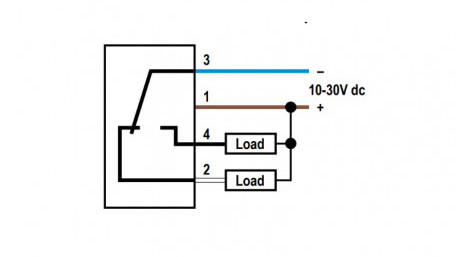
In this article, we will discuss the application and identification of NPN sensors, clarifying why they work and how to…
In this article, we will discuss the application and identification of NPN sensors, clarifying why they work and how to properly use them in a control circuit setting.
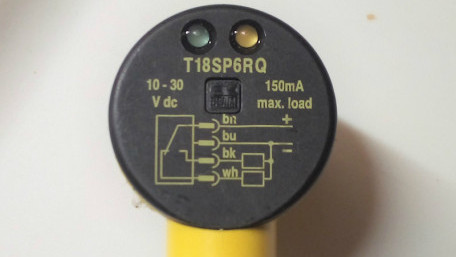
Why do we need to use PNP sensors in certain applications, and which markings and diagrams allow us to identify these devices?
Why do we need to use PNP sensors in certain applications, and which markings and diagrams allow us to identify these devices?
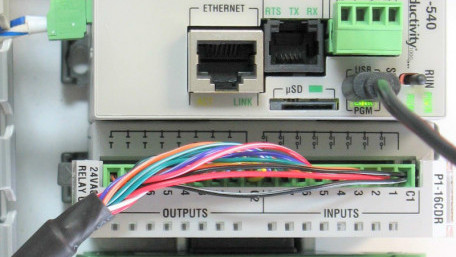
This article provides an introduction to several serial communication methods and how to understand and apply them.
This article provides an introduction to several serial communication methods and how to understand and apply them.
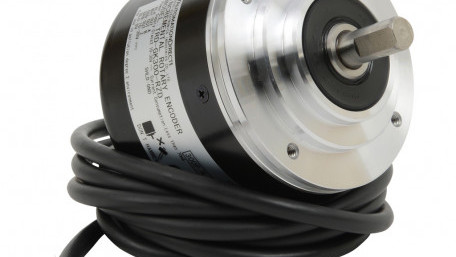
PID controllers are an excellent method of using feedback to turn an otherwise open-loop system into one which can follow…
PID controllers are an excellent method of using feedback to turn an otherwise open-loop system into one which can follow a carefully prescribed profile, correcting for inconsistencies caused by the equipment, the environment, and even the products in the manufacturing process.

Industrial robots have replaced many of the dangerous and repetitive tasks that workers have faced in manufacturing.
Industrial robots have replaced many of the dangerous and repetitive tasks that workers have faced in manufacturing.
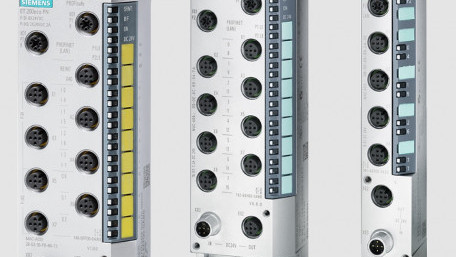
Networked remote I/O allows us to work with a machine center separately from the rest of the system, and drop the…
Networked remote I/O allows us to work with a machine center separately from the rest of the system, and drop the solution right in place.
Nearly all industrial engineers have heard of a VFD. But what does VFD stand for, how do they work, and why would we…
Nearly all industrial engineers have heard of a VFD. But what does VFD stand for, how do they work, and why would we prefer using a VFD to control motors for heavy loads?
